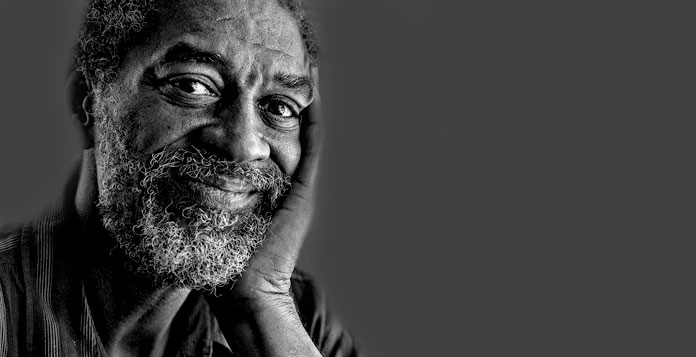Portrait photographs are often commissioned for weddings, academic events, or other special occasions. They can serve many purposes, which range from personal use to promoting famous celebrities through various media channels. Portrait photography is mostly aimed towards capturing the personality of an individual or a group of individuals.
Professional portrait photography makes a good use of backgrounds, lighting, and poses. There are several elements involved in this form of photography. Here we’ll talk about the essential aspects of portrait photography.
1. Background
For portrait photographers, one rule of thumb when clicking portraits is to examine the background first. Often, the background is among the most vital elements of portraits. There are many photographers who forget the fact that the subjects are a part of the environments. This is why they focus only on their subject and not on the background.
A background can say a lot about the person who is being photographed. However, there are times when it doesn’t say anything. For instance, when just a plain background is used. The essential function of a plain background is to highlight the subject’s body and facial expression.
2. Lighting
Another key element in portrait photography is lighting. Most of the aspiring photographers don’t realize the importance of light until they begin learning photography. It happens often that you see light around you every day, but you don’t quite think about its importance.
The type of light used and its direction can determine how your subject will look. Among the simple ways of choosing the best light for your portrait is to use your hand. You can then check how the light is falling on it by imagining your hand as the subject.
3. Position of your subject
One thing you must consider is how far or close from the background you want your subject to be. If your subject is closer to the background, you’ll see that the background is as sharp as your subject. If you separate your subject from the background, then the background will look blurred. For many portrait photographers, position of the subject is something they’re used to.
Then there are others who consider this the most awkward aspect of portrait photography. Standing in front of the camera can be annoying and fun at the same time. The key is to make the subject feel comfortable.
4. Using the camera
It’s important to remember that you’re the one holding the camera as the portrait photographer. The way you position your camera will determine how the portrait photograph appears after being clicked. To get the best portrait photo, you can do a lot of playing around.
Move the camera up and down, come closer to your subject, go far, or change the lenses. The idea is to try everything you can so that you utilize all the options that you have. You’ll certainly get better with experience and experimentation.
5. Choice between color and black-and-white
You can either go for color or black-and-white portrait photo. Most of the photographers prefer taking the photograph in color first. Then they decide whether they need to change it to black-and-white or not. Choosing a color portrait gives you a great deal of freedom and allows you to be more creative. You can play with different styles, color pallets, and make the best use of color theory for a greater impact.
If you go for a black-and-white portrait, you’ll have a tone that’s associated more with the past. It also enhances your subject’s expression.

